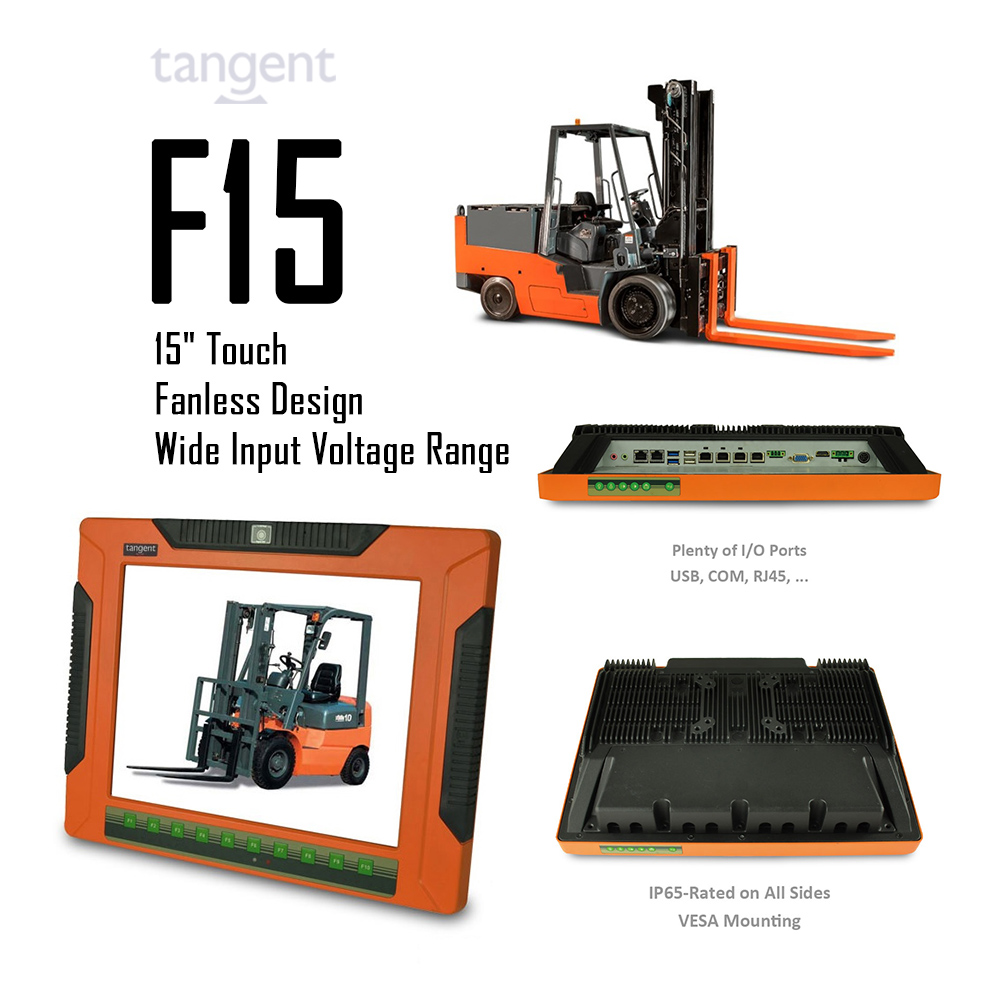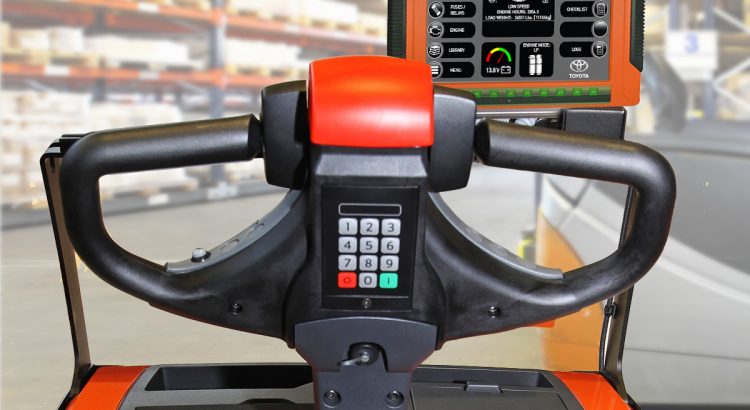The use of electric cars is quickly becoming commonplace around the globe, with the adoption of such vehicles being seen in nearly every industrialized country. In 2018 alone, the amount of electric vehicles in use nearly doubled from the previous year to 5.1 million according to the International Energy Agency, an autonomous intergovernmental organization. […]
Tag: forklift computer

All About Forklift Computers
All About Forklift Computers Forklifts first came about in the early twentieth century and their practical purpose didn’t change much over the years; they picked up freight, moved it from one short distance to another or from ground level to higher storage spaces. Although the forklift’s intended functionality was fairly simplistic, continued warehouse process improvement […]
